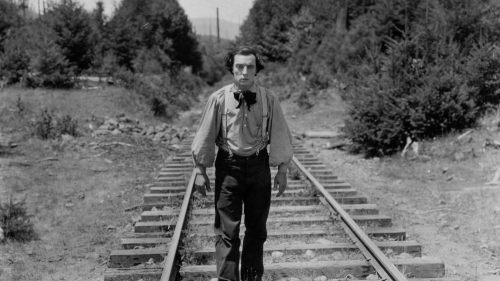The Continuing Resonance Of METROPOLIS
Not many pieces of iconography from the silent era survive in our culture today, sadly. We know the big comedians, guys like Chaplin and Buster Keaton, and even if people don’t know his name, the image of Harold Lloyd having off a clock in Safety Last probably still has some currency.
As does the image of the False Maria robot (the Maschinemensch) made famous by Fritz Lang’s Metropolis. A film filled with all kinds of striking imagery, Metropolis’ robotic character remains its strongest identifier, partly because it’s easier for people to remember humanoid features than a bunch of incredible buildings. But also because False Maria’s resemblance to Star Wars’ C-3PO helps her look instantly familiar to many. Despite coming from a film that’s almost a hundred years old now, she appears distinctly out of time - old, new, and futuristic all at once.
The same could be said for Metropolis itself, a film tied to an antiquated era by its silent format, yet still able to feel specifically modern. The stakes and anger found within the film continue to resonate, and probably will as long as class inequality exists (forever). The exaggeration Lang utilizes - whether to illustrate his massive city or the toil poor workers suffer to keep it running - separates it from reality just enough to keep it from feeling dated.
We’re also never far from reminders that Metropolis exists, due to the various releases its earned thanks to many attempts to score it and provide it with new edits. In 1984 Giorgio Moroder put out a version with new special effects and a soundtrack scored by pop stars like Freddie Mercury and Adam Ant. Various reconstructions have been popping up ever since, most notably a “ complete” version featuring discovered footage long thought destroyed that came out in 2010. Even that version had two lost scenes deemed too damaged for inclusion, so perhaps another edit will eventually arrive.
If we’re lucky, Metropolis will always be with us. The film has as much to say now as it did in 1927, and as time goes by, Lang’s incredible visual feast grows more and more awe-inspiring, more difficult for new viewers to believe such feats were pulled off so long ago. And with any luck, those viewers will continue exploring Lang’s work as well as other silent classics, many of which grow more and more obscure by the year.



